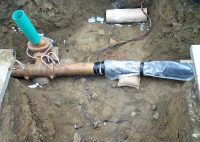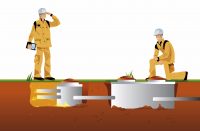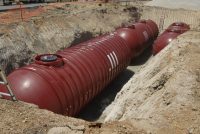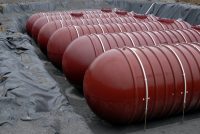Why and How to Get in on Your Community’s Brownfield Action
Note: This article is directed toward businesses looking to build or expand possibly on remediated brownfields, not those that are interested in purchasing a site and cleaning it up themselves. EPA Grants The EPA recently announced its latest round of brownfields grants. Grants investments totaling $54.3 million went to 243 projects in 147 communities nationwide. […]










